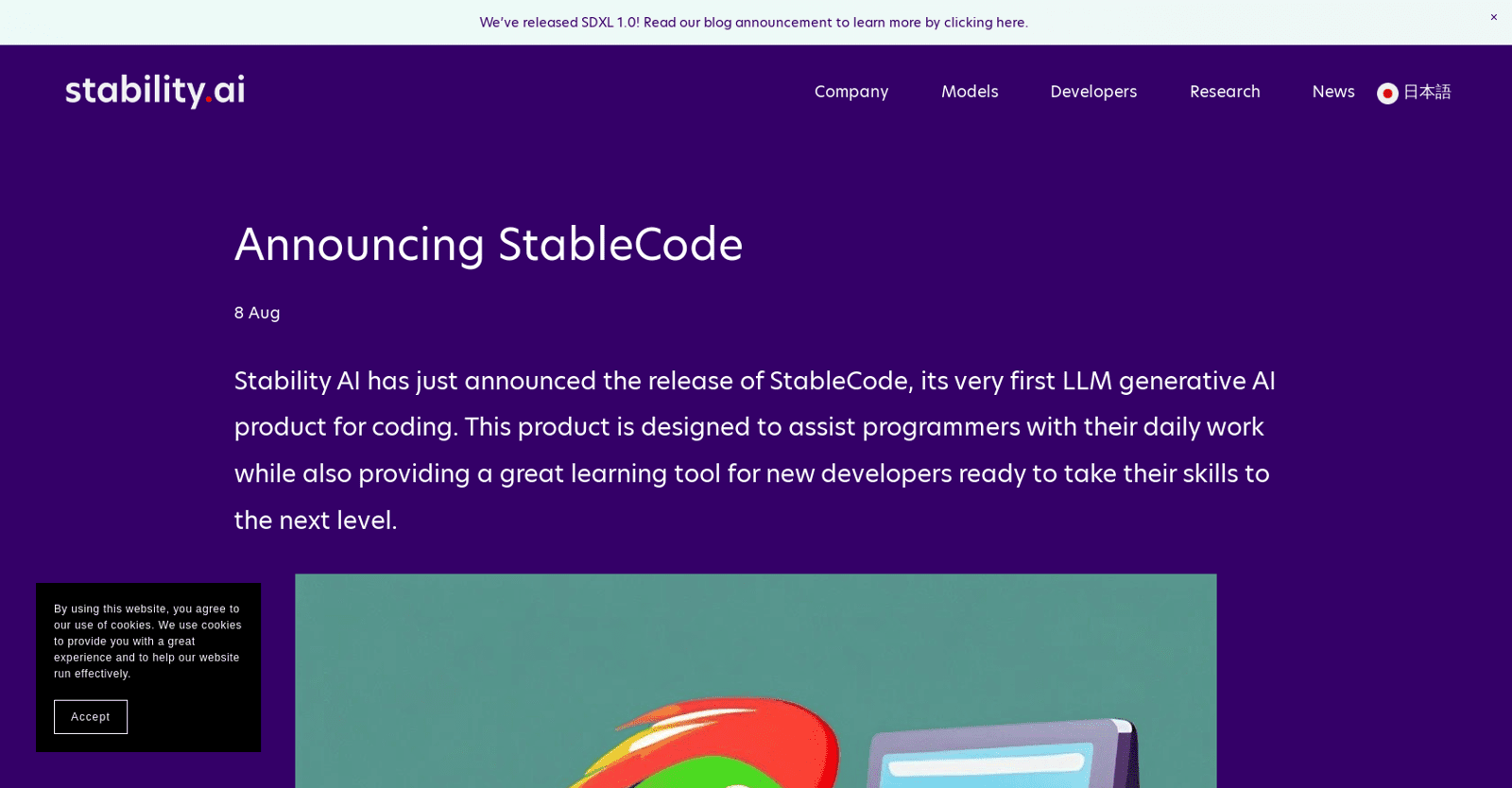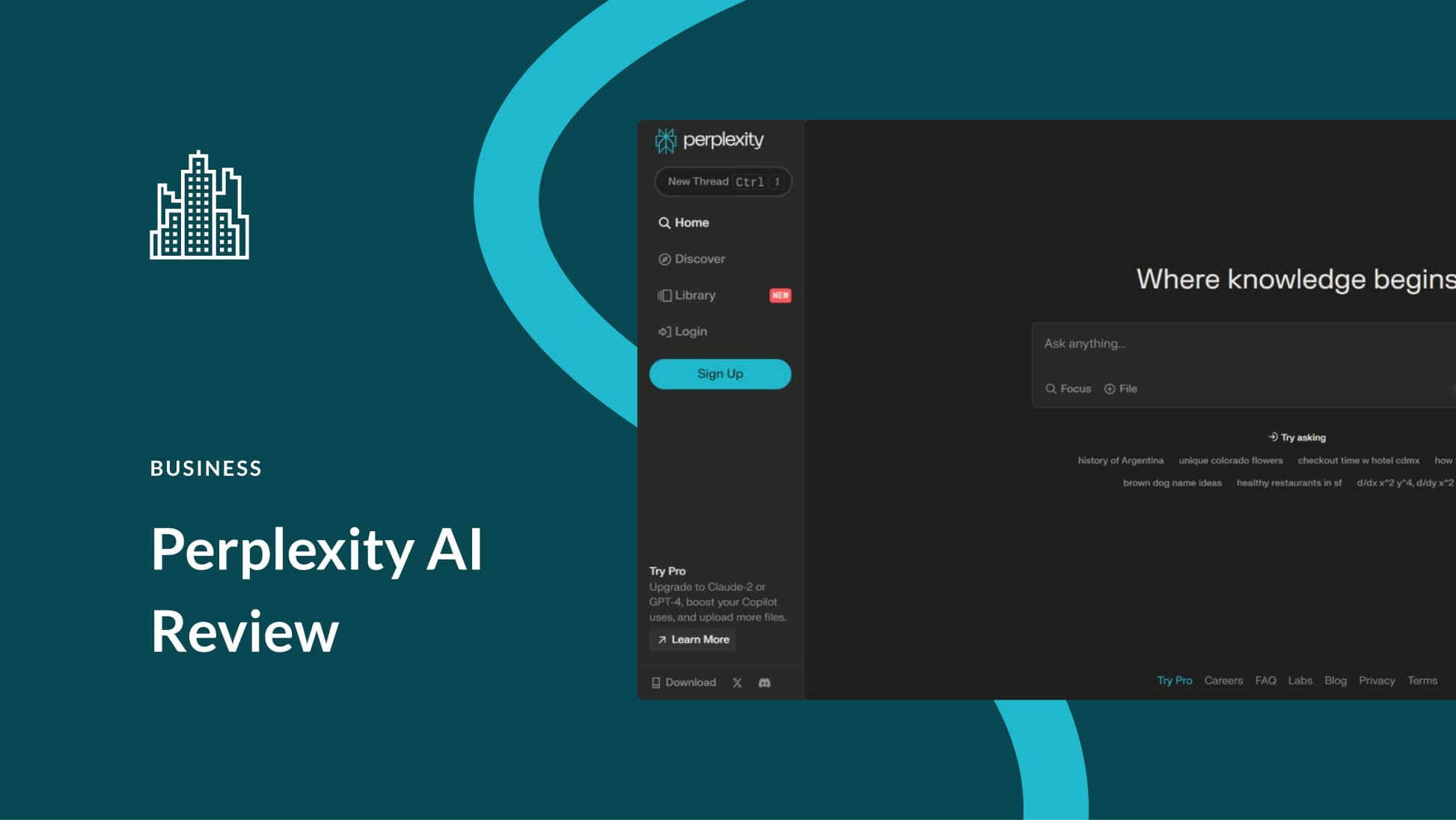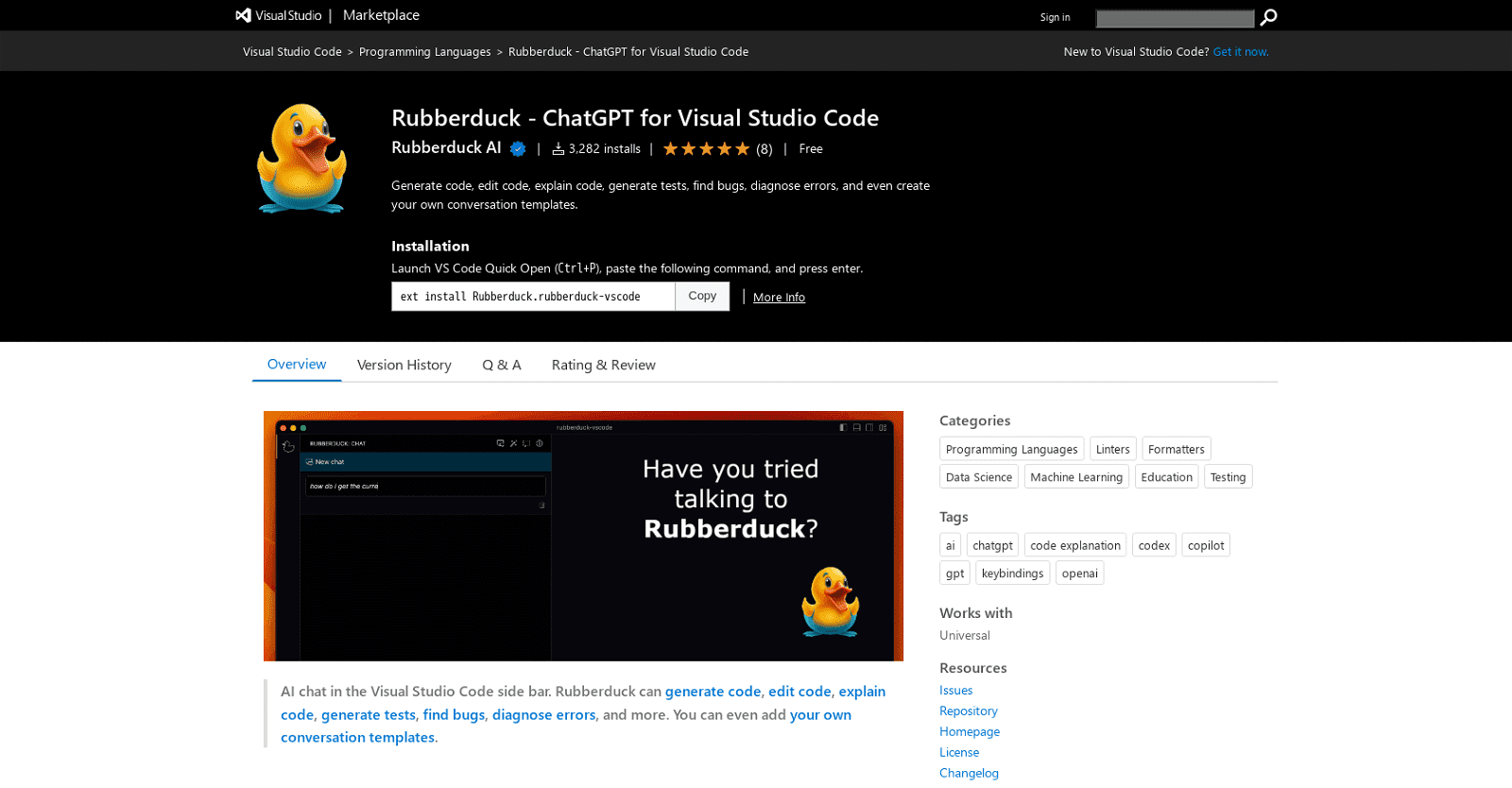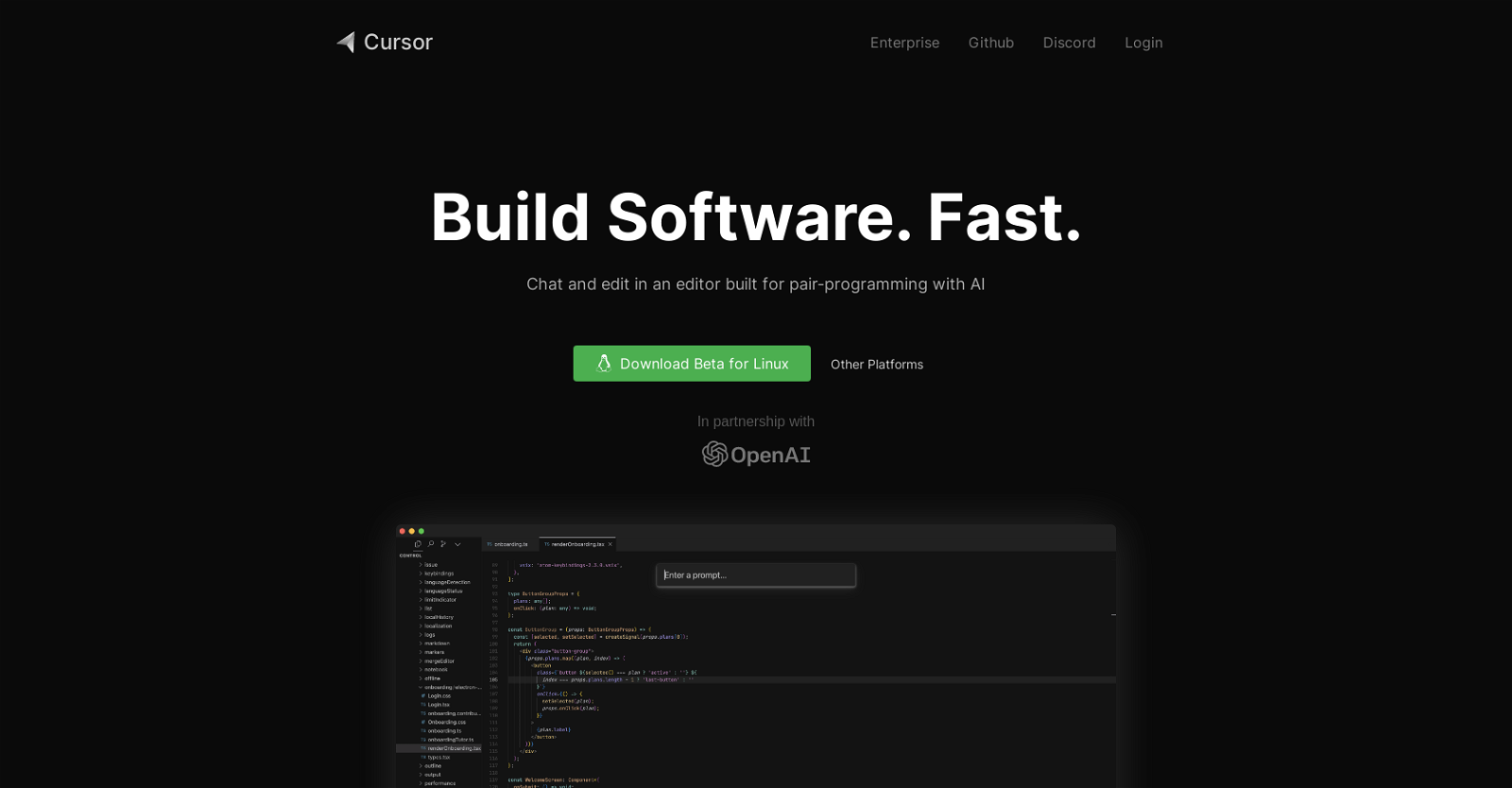StableCode, an LLM generative AI product for coding, developed by Stability AI, is crafted to aid programmers in their daily tasks and serve as a learning tool for aspiring developers. With three distinct models, it aims to elevate coding efficiency to new heights. The base model, trained on a diverse range of programming languages from the stack-dataset, encompasses popular languages such as Python, Go, Java, JavaScript, C, Markdown, and C++, further enriched by its training on 560 billion tokens of code.
A specialized instruction model is finely tuned to tackle intricate programming tasks, drawing from around 120,000 code instruction/response pairs. Leveraging StableCode’s long-context window model, users can benefit from single and multiple-line autocomplete suggestions, facilitating efficient review and editing of large codebases simultaneously.
Compared to preceding open models, StableCode boasts the capacity to handle 2-4 times more code at once, equivalent to editing up to five average-sized Python files. This capability renders it an invaluable learning tool for novices aspiring to tackle more substantial coding challenges.
Aligned with Stability AI’s vision of democratizing technology, StableCode stands as a pivotal stride toward accessibility. By empowering individuals from diverse backgrounds to harness AI in crafting code to address everyday problems, the tool paves the way for a more inclusive tech landscape. With its aim to foster fairer access to technology globally, StableCode endeavors to nurture the next generation of software developers, fostering a more diverse and equitable tech ecosystem.
More details about StableCode
Can StableCode handle reviewing large volumes of code simultaneously?
Absolutely. With its long-context window model, StableCode excels in reviewing or editing extensive amounts of code at once, offering efficiency and convenience to users tackling sizable projects.
Which programming languages does StableCode support?
StableCode boasts compatibility with a wide array of programming languages, including Python, Go, Java, JavaScript, C, Markdown, and C++. These languages were pivotal in shaping the base model’s training, ensuring versatility and applicability across diverse coding scenarios.
What were the programming languages used to train StableCode’s base model?
The StableCode base model underwent training on a diverse spectrum of programming languages sourced from the stack-dataset. This encompassed widely-used languages such as Python, Go, Java, JavaScript, C, Markdown, and C++, laying a robust foundation for its comprehensive functionality.
What role does StableCode’s instruction model play?
StableCode’s instruction model serves a distinct purpose: tackling complex programming tasks with precision. Tailored for this specific function, it draws from a vast repository of approximately 120,000 code instruction/response pairs, enhancing its capacity to address intricate coding challenges effectively.





